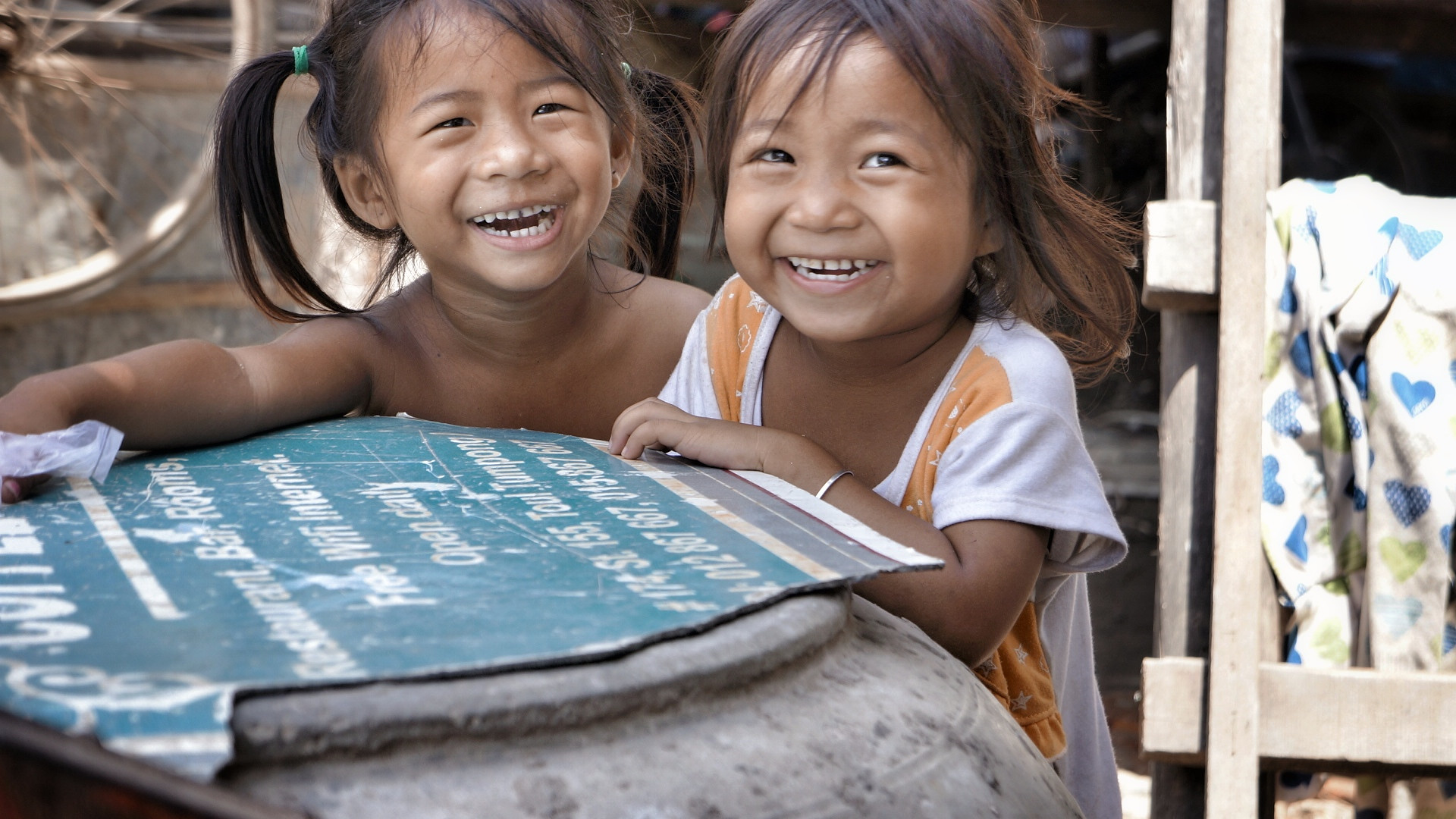Since the turn of the century, we have learned a lot about sports-related concussion (SRC). As a kid, I loved watching AFL players go in hard at the ball because that meant one thing – they were tough. Each Sunday when I ran out on to the field to play local junior footy, I wanted to be as ‘tough’ as my heroes. I remember going to a game and getting excited when two grown men banged heads and then staggered around the field as if they couldn’t see straight. We understand now that this ‘bit of a knock’ could easily have led to some degree of brain injury. I didn’t know exactly what a brain injury was back then, but I knew that if I went in hard like the professional players did I could maybe, one day, become one of them and play for my team. Little did I know that when I was older, I would be involved in a near-fatal accident and my life with a severe head injury would be a completely different ball game, pardon the pun.
You see, I received what is known as a Traumatic Brain Injury (TBI) when my motorbike ran straight into a mate’s bike, head on, and I have been doing rehabilitation on my brain for over eight years since that day. This is why I have a personal interest in the effects of concussion and I want to help educate people on the best ways to stay safe. Also, I know how important it is to get the right treatment because I did, and it saved my life.
Back to the tough nuts playing footy. A lot has changed since I was a kid and hopefully much more will improve when my kids barrack for their favorite team and try to copy their heroes. Every year, as medical professionals analyse incidents of sports-related injuries and learn more about concussion, we are edging closer to a safer practice of sport for players of all ages. We will never eliminate concussion completely, but we are learning more about the best practices to follow when a player experiences an injury to the brain.
Most of the attention around SRC is at the professional level and the local level is lagging behind. Professional sports clubs employ doctors and other health professionals who are trained to keep the players safe and help educate them about injuries, but is this also the case at the junior level? I don’t think so, because concussion only happens to the older professionals, right? Wrong!
We all need to be well informed about concussion so that we can follow the right protocol quickly and safely.
In this video from brainline.org, Dr Robert Cantu MD explains why children are vulnerable to brain injury. https://www.youtube.com/watch?v=3vARdWetq9U (11 September 2013). Not only is a child’s developing brain more susceptible to injury than an adult’s but we also now know that a child’s concussion should be treated differently in the recovery–rehabilitation phase.
Following a concussion the immediate response should be to get a trained healthcare professional to the patient ASAP. This doesn’t always happen, usually because people don’t realise that it is essential and that the injury could be serious. In fact, there are many things about concussion that are not well known. Did you know, for example, that we don’t actually need to lose consciousness to sustain a concussion? That’s right, so treat any major hit to the body seriously as it could transmit force to the brain, possibly leading to a brain injury.
So you can see that this is a serious problem, and fortunately some highly trained experts, the members of the Concussion In Sports Group (CISG), are on the case. They get together every three to four years to hold an international conference on concussion in sport. There, they collaborate and spit out a consensus statement of up-to-date knowledge on concussion that builds on the statement from the previous conference. The last conference was held in Berlin, Germany, in October of 2016, and they discussed all the knowledge that came from the 2012 statement.
I’m not going to go into details of the changes – you can read about them by following the link given at the end of this article. Instead, I’ll run through the recovery–rehabilitation process that should be followed, as this is close to my heart, and my head. Rehabilitation has been my life for eight years and I know how important it is. I would not be where I am today if the people around me and I hadn’t ‘followed protocol’.
Your child gets an SRC
Here’s a hypothetical incident of SRC on a children’s sports field. Let’s say little Scotty takes a hit during a weekend game (I use myself because it’s cruel to imagine anyone else taking a hit on the field). The coaching and training staff should have the right training to assess if Scotty has a concussion, so I don’t need to tell you how to detect whether or not he’s been concussed. If there is a healthcare professional on site, he or she will perform a test using the Sport Concussion Assessment Tool (SCAT). The latest SCAT is SCAT5, coming from the 2016 conference. The SCAT5 is intended for use for children who are 13 years of age or older. The Child SCAT5 is a tool for those aged 5–12 years.[1]
If it’s confirmed that your child has a concussion, the next step is to bring in a doctor straight away. The doctor treating your child will tell you everything that I am about to say, so my goal here is to explain the process so you find out all about it while you are relaxed, sitting back and reading this article, and not at a time when you are worried about a sick child.
Once you have brought your child home after the doctor has checked them over, the ball is in your court to follow the protocol to help the child recover and to avoid experiencing any prolonged symptoms.
This part is right down my alley and, in my opinion, it is incredibly important. I say this because I would give anything not to have the ever-lasting symptoms of a head injury. Every day I wake up and begin the battle. I battle all day until I go to sleep. With sleep disturbance issues, this becomes a 24-hour, 7-days a week, 365-days a year battle. Yes, I’ve learned to fight it effectively, but it took me eight years to master the skills and strategies to do so. I know you would want to do everything you could to prevent the heartache that would come with a child’s concussion, and I am writing this article to help you.
Return-to-School
Graduated return-to-school strategy
|
Stage |
Aim |
Activity |
Goal of each step |
|
1 |
Daily activities at home that do not give the child symptoms |
Typical activities of the child during the day as long as they do not increase symptoms (eg, reading, texting, screen time). Start with 5–15 min at a time and gradually build up |
Gradual return to typical activities |
|
2 |
School activities |
Homework, reading or other cognitive activities outside of the classroom |
Increase tolerance to cognitive work |
|
3 |
Return to school part-time |
Gradual introduction of schoolwork. May need to start with a partial school day or with increased breaks during the day |
Increase academic activities |
|
4 |
Return to school full time |
Gradually progress school activities until a full day can be tolerated |
Return to full academic activities and catch up on missed work[2] |
Above is the return-to-school protocol that the experts have agreed on and it is the most up to date information we have, so far, in 2017. Each stage should be taken over a 24-hour period and if at any point activity exacerbates symptoms, repeat the stage for a further 24-hours. Following this 4-stage process, the child should not return to full-time school until at least day 3 of their recovery. Of course, don’t take my word for it – discuss this with your GP.
One concussion will increase the risk of concussion number two. Although your child may not get an SRC sitting down eating their lunch with their friends, the odds are that their friends will not be sitting down at lunch time, they’ll be playing sport and so will Scotty. If the kids aren’t aware that Scotty is more vulnerable than anyone else, and I can nearly guarantee they’re won’t be, they will not treat him any differently and that innocent game of British Bulldogs on the oval could lead to another concussion. That is why this process is very important.
Return-to-Sport
Graduated return-to-sport (RTS) strategy
|
Stage |
Aim |
Activity |
Goal of each step |
|
1 |
Symptom-limited activity |
Daily activities that do not provoke symptoms |
Gradual reintroduction of work/school activities |
|
2 |
Light aerobic exercise |
Walking or stationary cycling at slow to medium pace. No resistance training |
Increase heart rate |
|
3 |
Sport-specific exercise |
Running or skating drills. No head impact activities |
Add movement |
|
4 |
Non-contact training drills |
Harder training drills, eg, passing drills. May start progressive resistance training |
Exercise, coordination and increased thinking |
|
5 |
Full contact practice |
Following medical clearance, participate in normal training activities |
Restore confidence and assess functional skills by coaching staff |
|
6 |
Return to sport |
Normal game play |
[3] |
- NOTE: An initial period of 24–48 hours of both relative physical rest and cognitive rest is recommended before beginning the RTS progression.
- There should be at least 24 hours (or longer) for each step of the progression. If any symptoms worsen during exercise, the athlete should go back to the previous step. Resistance training should be added only in the later stages (stage 3 or 4 at the earliest). If symptoms are persistent (eg, more than 10–14 days in adults or more than 1 month in children), the athlete should be referred to a healthcare professional who is an expert in the management of concussion.[4]
Above is the return-to-play protocol that should be followed so your child can safely return to playing the sport they love. First things first, your child should be back at school full-time before they start playing sport again, hence the importance of the return-to-school process.
The experts have agreed that:
The process of recovery and then return to sport participation after an SRC follows a graduated stepwise rehabilitation strategy, an example of which is outlined in the table.
After a brief period of initial rest (24–48 hours), symptom-limited activity can be begun while staying below a cognitive and physical exacerbation threshold (stage 1). Once concussion-related symptoms have resolved, the athlete should continue to proceed to the next level if he/she meets all the criteria (eg, activity, heart rate, duration of exercise, etc) without a recurrence of concussion-related symptoms. Generally, each step should take 24 hours, so that athletes would take a minimum of 1 week to proceed through the full rehabilitation protocol once they are asymptomatic at rest. However, the time frame for RTS may vary with player age, history, level of sport, etc., and management must be individualized.
In athletes who experience prolonged symptoms and resultant inactivity, each step may take longer than 24 hours simply because of limitations in physical conditioning and recovery strategies outlined above.[5]
It is important to emphasize the line that says, ‘If symptoms are persistent for more than 10–14 days in adults or more than 1 month in children, the athlete should be referred to a healthcare professional who is an expert in the management of concussion.’
Conclusion
The study of concussion is a science that is changing rapidly as more and more is discovered. In a perfect world we would know exactly what concussion is, but we still have so much left to learn. Remember cigarettes? Back in the day we had no idea how dangerous smoking was. Now science shows us that smoking can kill and so the majority of us don’t smoke because we know the risks. Well, the knowledge of everything to do with concussion is still a bit grey as it was with the risk of smoking years ago, and in general people don’t think much about it.
I’d like to leave you with one question: If you knew that your child would have lasting effects, later in life, from the concussions they receive on the sports field because it wasn’t treated in the right way, what would you do now? To give your child the best chance in life, stay up to date with the latest reliable information about concussion, follow protocol to the best of your knowledge, and get medical advice as soon as the accident happens. Scotty and other kids can keep playing sports, but let’s help keep them safe.
My part 2 of this blog post will be on prolonged symptoms to look out for after your child’s concussion.
Reading this post isn’t enough; you need to educate yourself so here are some helpful links for you.
- Consensus statement on concussion in sport—the 5th international conference on concussion in sport held in Berlin, October 2016 - http://bjsm.bmj.com/content/51/11/838
- Jude Bolton discusses concussion http://www.afl.com.au/afleducation/concussion
PLEASE NOTE: This document is only a guide, and is of a general nature. The author, Scott B Harris, lives with a brain injury so knows what it is like to experience its side effects, but he is not a health professional. For professional advice and information contact a medical doctor.
[1] http://bjsm.bmj.com/content/early/2017/04/26/bjsports-2017-097506
[2] http://bjsm.bmj.com/content/early/2017/04/26/bjsports-2017-097699
[3] http://bjsm.bmj.com/content/early/2017/04/26/bjsports-2017-097699
[4] http://bjsm.bmj.com/content/early/2017/04/26/bjsports-2017-097699
[5] http://bjsm.bmj.com/content/early/2017/04/26/bjsports-2017-097699





